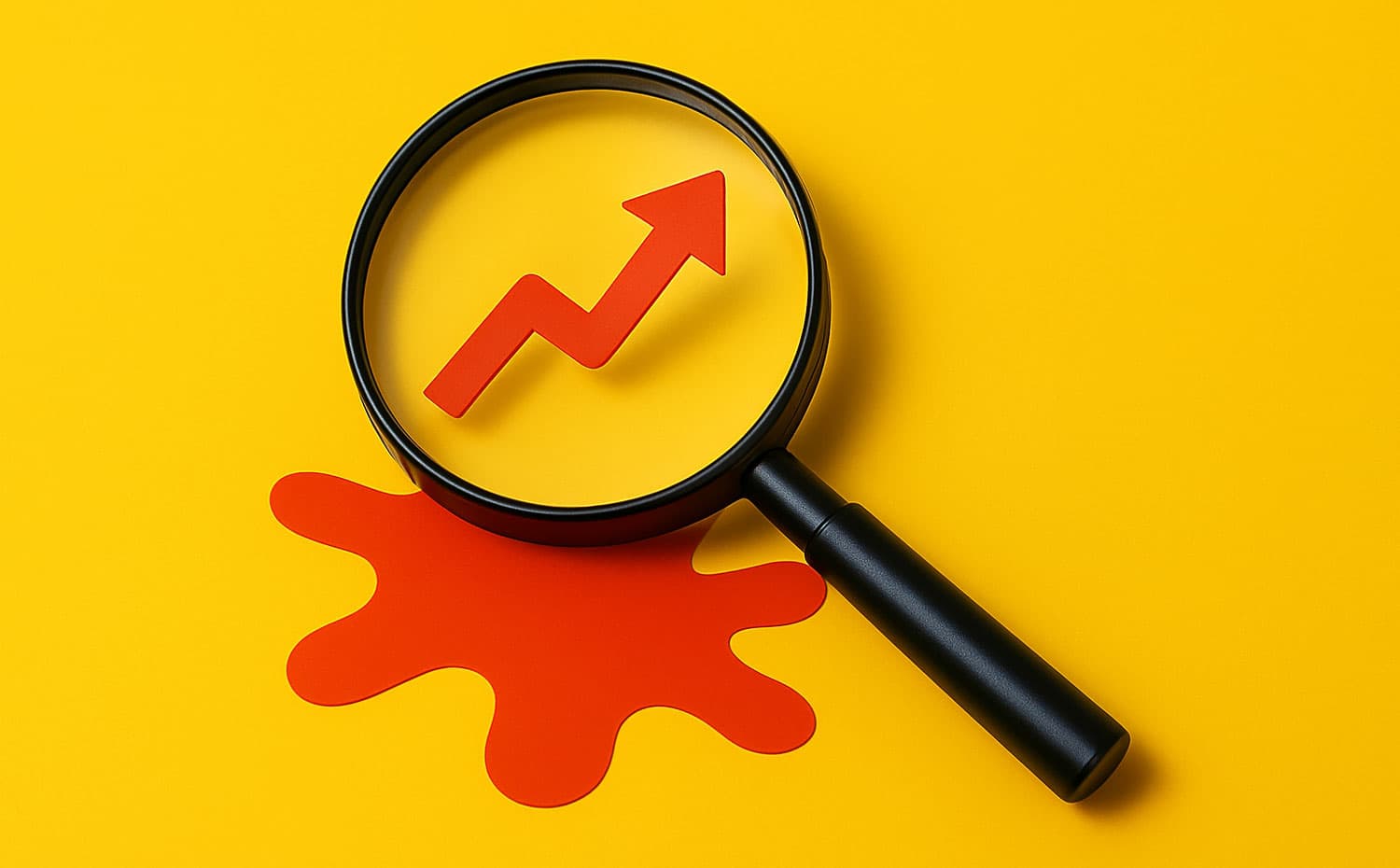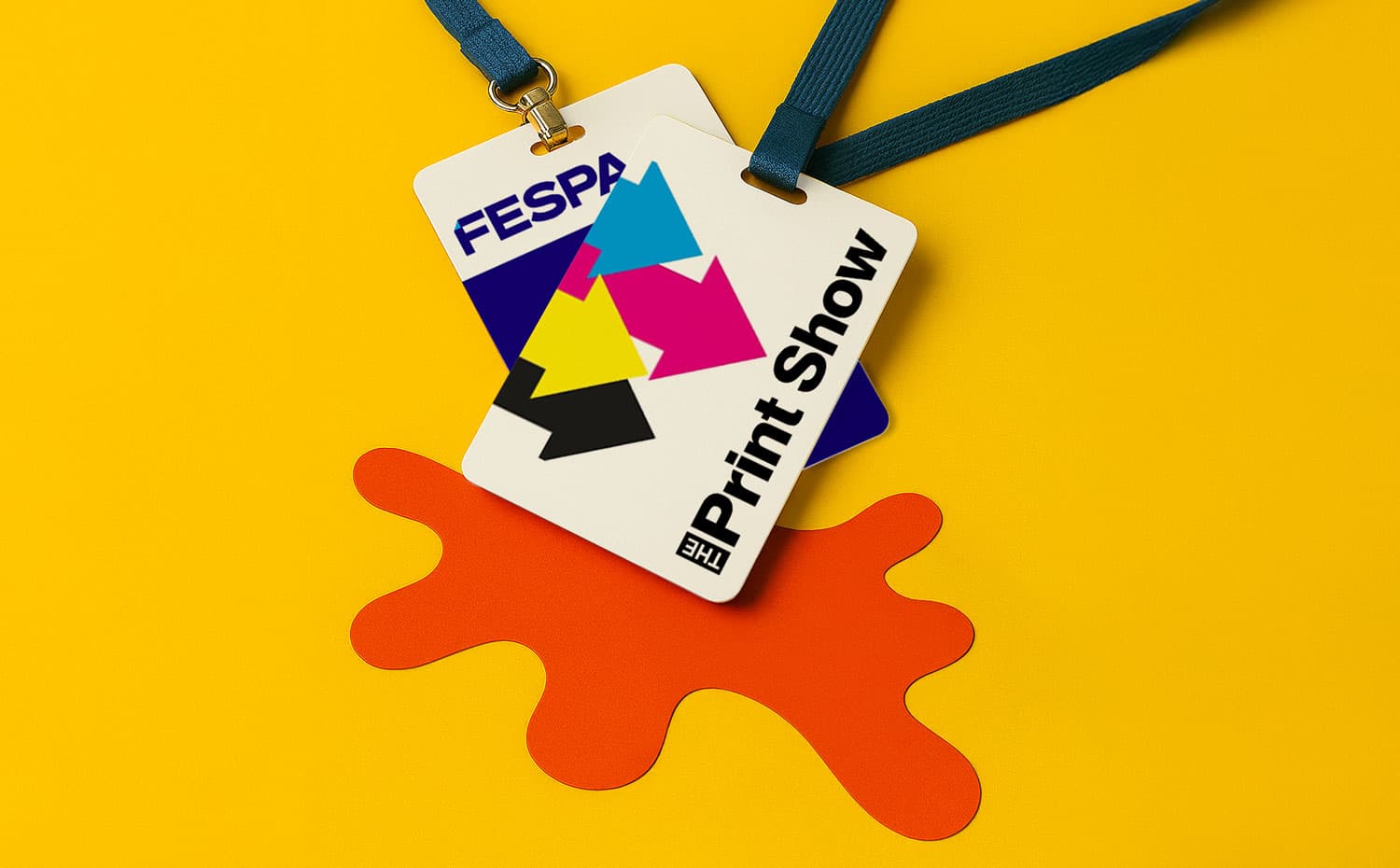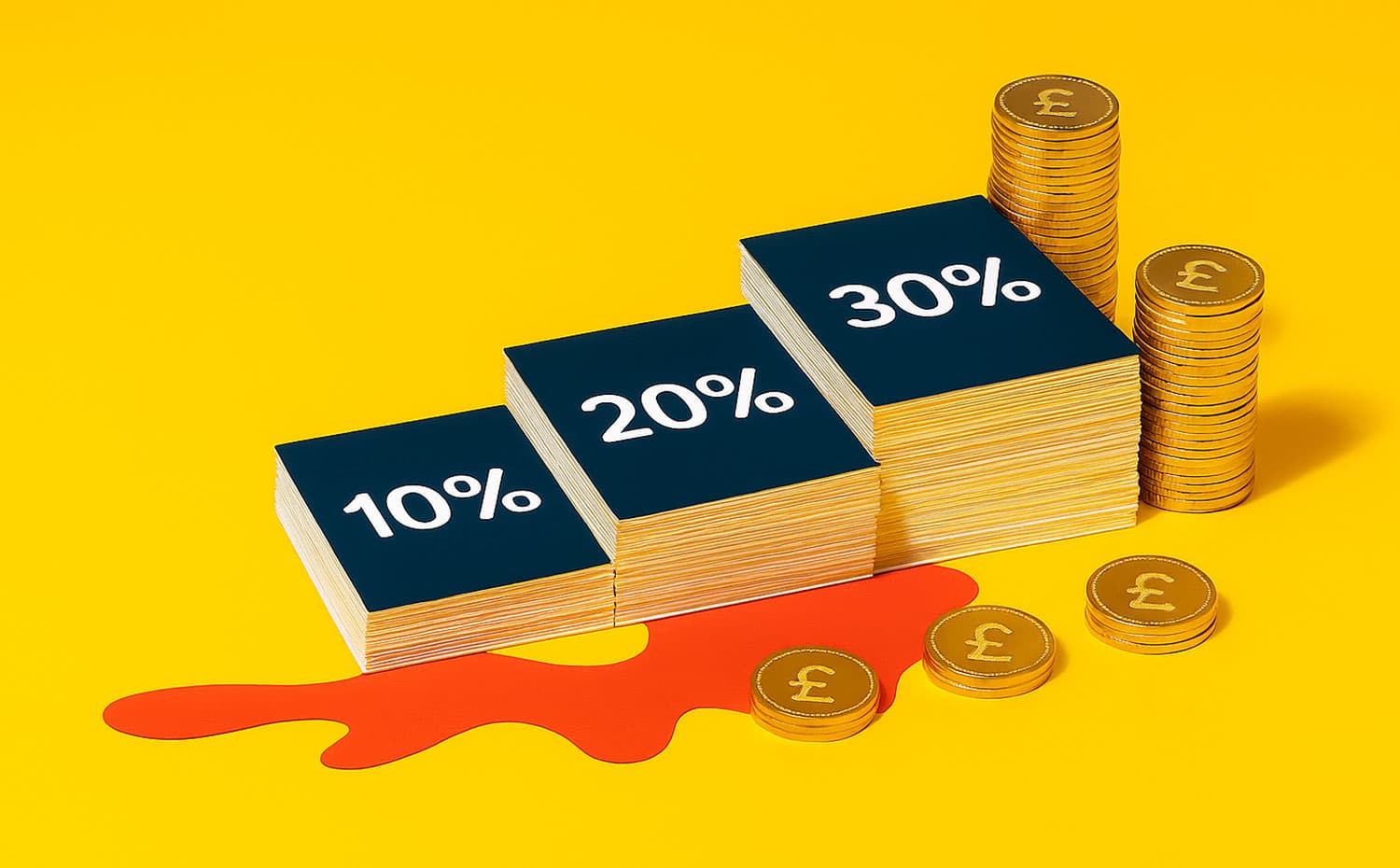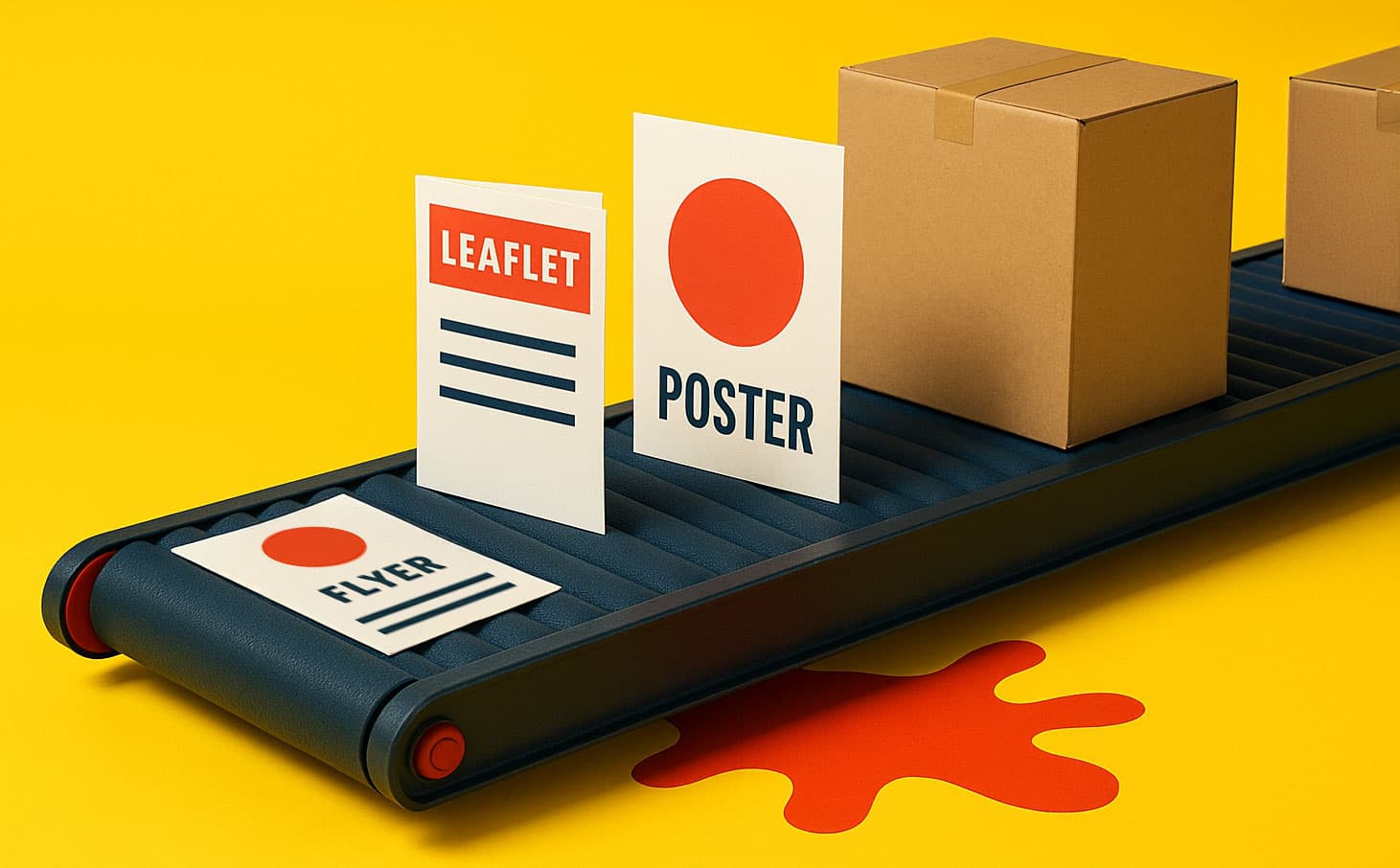Top Print Industry Trends for 2026: AI, Sustainability and Customisation
Why Staying Ahead in Print Matters More Than Ever
The UK printing industry is evolving at pace. With advanced automation, AI-driven workflows, sustainable technologies and shifting customer expectations, the way we produce, personalise and deliver printed materials is transforming fast.
For print resellers, marketers and creatives, understanding these shifts is essential to stay competitive and seize new opportunities in 2026. This article explores the key print industry trends shaping the year ahead, and how your business can adapt, thrive and lead.
Recent Shifts That Paved the Way
Digital printing and print-on-demand became the norm. The rise of digital printing enabled faster, cheaper, and more flexible production. Short-run jobs and personalised materials are now standard, especially as e-commerce and customisation continue to grow. In the UK, the digital printing market is valued at around £1.4 billion in 2025 (IBISWorld), highlighting how digital workflows now dominate commercial print.
Sustainability moved centre stage. With climate concerns and regulatory pressure mounting, print firms across the UK are turning to recycled materials, plant-based inks and energy-efficient machinery. Sustainability has shifted from a “nice-to-have” to a core business imperative that drives purchasing decisions and brand perception
Print Industry Trends to Watch in 2025
1. Print Security and Anti-Fraud Measures
As counterfeit goods and brand tampering become more sophisticated, secure printing is evolving from optional to essential. From microprinting and holographic foils to scannable QR and NFC authentication, brands are investing in traceable, tamper-resistant print.
For resellers, offering “fraud-proof” print products positions you as a trusted partner for luxury brands, event organisers, or regulated industries. It’s not just about safety anymore, it’s about adding tangible value and protecting brand integrity.
2. Experience-Driven and Interactive Print
Print is no longer static, it’s becoming experiential. In 2026, the biggest leap forward will be print that interacts, merging physical and digital. Think smart packaging, augmented-reality overlays and QR-linked direct mail that connects customers to personalised video or immersive content.
This gives you a new way to offer clients measurable engagement: a printed piece that sparks interaction, drives traffic and tells a story. Interactive print turns campaigns into experiences: memorable, shareable, and far more effective than a flat leaflet.
3. Cloud-Connected, Smarter Print Production
Cloud technology is reshaping print production. IoT-enabled systems and cloud-based workflows now make it possible to submit jobs remotely, monitor live progress and even predict maintenance before downtime occurs.
For resellers handling multiple clients or online orders, this means faster turnarounds, fewer errors and consistent quality control. Offering “print-from-anywhere” or distributed manufacturing options makes your business feel modern, agile and scalable: vital qualities in an increasingly on-demand marketplace.
4. Generative Content and AI-Enhanced Print
AI is moving beyond automation into creative collaboration. With large language models (LLMs) and generative design tools like ChatGPT Atlas, print teams can now write copy, generate layouts and personalise campaigns at scale.
Imagine taking a client’s audience data and automatically producing print-ready direct mail content; complete with tailored visuals and messaging. This turns your business from a printer into a print-and-content partner, delivering faster turnarounds, greater personalisation and measurable campaign uplift.
Zipdo’s AI in Print Report notes that AI-powered workflow automation is already improving print shop productivity by up to 28%, a sign of what’s to come.
5. Smart Materials and Functional Substrates
Sustainability is evolving into functionality. Beyond recycled paper, the next generation of print uses materials that react, sense or inform. Examples include thermochromic inks that change colour with temperature, biodegradable sensors in packaging, and films that interact with connected devices.
These innovations turn print into a storytelling medium, not just eco-friendly, but intelligent. Resellers who adopt functional substrates early can offer something truly premium: sustainable, smart and ahead of the curve.
Tools and Resources for Print Resellers
Use Data to Identify Trends
Platforms like Google Trends and AnswerThePublic help you spot rising searches, while reports from OnPrintShop and StartUs Insights reveal how digital transformation is impacting the UK market.
Follow Industry Insights
Stay informed with trade publications such as Print Week and the British Printing Industries Federation (BPIF), whose Printing Outlook report shows the UK print sector generated £13.7 billion in turnover in 2024 (.
Leverage WTTB’s Print Capabilities
WTTB is more than a print provider, we’re a growth platform for resellers. Our investment in industry-leading equipment gives you access to tools that open up new product lines, reduce production time and help you scale without overhead.
- Our Muller Vareo system delivers rapid, high-quality short-run book production with exceptional finishing options, ideal for publishers, educators and self-published authors.
- Our Direct-to-Film (DTF) printing technology unlocks vibrant, full-colour apparel production, helping you offer high-margin custom merchandise.
By partnering with WTTB, you’re not just fulfilling print, you’re expanding what your business can offer.
Final Thoughts: Adapt to Lead in 2026
The print industry isn’t fading, it is reinventing itself. Those who embrace change, invest in innovation and put customers at the heart of every decision will thrive.
Whether you’re a print reseller, marketer or creative entrepreneur, now’s the time to:
- Explore new technologies and AI-driven workflows
- Build smarter, personalised campaigns
- Deliver sustainable, high-quality print products
- Strengthen brand value and customer relationships
By staying informed and proactive, you can turn these trends into real business growth. The UK print industry in 2026 is powered by technology, creativity and sustainability, and those who adapt will lead it.
FAQs About the Future of Printing
What are the biggest printing industry trends in 2026? AI automation, the evolution of print-on-demand, sustainable materials, real-time personalisation and interactive print technologies (VC Print).
Is print advertising still effective? Yes. As digital tracking becomes less reliable, tangible print media offers trust, measurable reach and powerful hybrid-campaign potential.
How is AI used in printing? AI supports personalisation, workflow automation, predictive maintenance, job scheduling and customer-service bots, helping print firms scale efficiently.
What makes print more sustainable today? Recycled and FSC-certified papers, plant-based inks, renewable energy, biodegradable packaging and energy-efficient presses are now the norm (Grand View Research).
Posted on November 10, 2025 by Miller Lane-Williams
Related topics:




